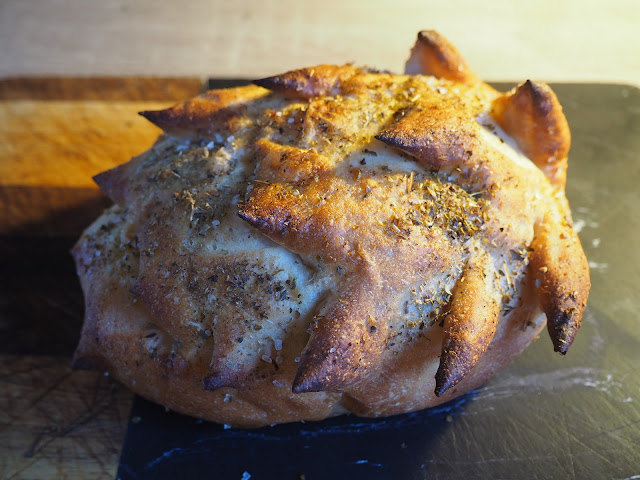As everybody knows, Thurston Moore (that’s him above on the left, standing next to some bloke from Sheffield) is a great guitarist and a wonderful human being, and as far as I know he has no connection whatsoever with Thurstons Fine Foods of Luton.
Nevertheless when I was down at the local market, at the stall selling ‘food that’s probably fallen of the back of a lorry’ and I saw they were selling Thurstons brand olives stuffed with tuna, how could I resist?
And you know, that picture on the can showing olives and chunks of tuna was very appealing. So I bought a can, took it home, opened it – and discovered I had been deceived. The picture on the label bore very little relation to what was inside. These olives weren’t stuffed with chunks of tuna but with something called ‘tuna paste’ which I suppose is acceptable but that’s not what’s shown on the label.
The olives were all right, and perfectly edible but I’m not sure I’d have been able to indentify the filling as tuna. We live and learn.
And then, looking for connections, I dug out an interview in GQ with Mr. Moore, containing the searching question, ‘Do you make lunch at home?’ And Thurston replied, ‘My midday lunch thing will generally be a tuna sandwich. It's the best.'
Elsewhere in the article he says, ‘You do not get a bagel in London. I have sincerely attempted to figure out where the New York bagels are, or even the Montreal bagels, for God's sake, but they do not exist.’
I feel his pain. However, last week I was in the café at Royal Institute of British Architects (yes, I get around), and I ate a wonderful brown bagel with mackerel and mayonnaise. It really rocked.
In honor of Mr. Moore I just went to my shelves and thought I should play some of his music with a foodie theme. I didn’t do all that well. The best I could manage was ‘Sympathy for the Strawberry’ which sounds like this






























